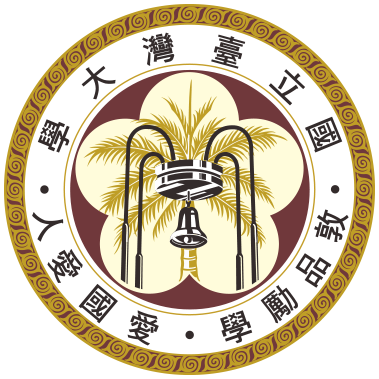
Laboratory of exposure monitoring and modeling
Principal Investigator : Chang-fu WU
Team Size : 8
Study Field : Innovative Technologies and Models for Environmental Monitoring, Exposure Assessment, and Risk assessment
Forms of Int'l Cooperation : Joint Research Project, Personnel Exchange, Student Exchange, Equipment Share, Seminar
Lab Introduction
Our research interest involves developing and applying innovative technologies and models for environmental monitoring, exposure assessment, and risk assessment, based on the “source-to-receptor” framework. Examples of research topics are given below.
Source-specific exposure assessment
(1) Evaluating vertical distribution of source contributions: Air pollution shows considerable spatial variation in three dimensions. However, most studies only evaluated spatial variability of air pollution in the horizontal domain. A series of field experiments were conducted at multiple buildings to evaluate the vertical distribution of source impacts. The findings from these studies provide information on designing source-specific control measures to reduce exposures for residents living in vertical buildings.
(2) Incorporating environmental characteristics in receptor modeling: Most studies relied on speciated air pollution data for source apportionment. Environmental factors were applied in the post hoc analysis. An expanded Positive Matrix Factorization (PMF) model was developed to include wind speed, photochemical strength, and relative humidity as parametric variables in the model fitting process. Through this approach, the potential formation mechanisms for secondary pollutants can be revealed.
Source-specific GIS modeling
(1) Estimating national-scale exposures of air pollutants: To enhance the exposure assessment across Taiwan, heterogeneous predictors and satellite-derived data were integrated into land use regression model constructions. Results revealed that the inclusion of satellite data significantly improved model performance for fine particulate matters and most of the associated elemental compositions. The predictors selected in the model also provide an indication of potential sources of pollution.
(2) Evaluating personal PM2.5 exposure along commuting routes: Cyclists are exposed to traffic-related pollutants due to their proximity to emission sources. Through international collaboration, PM2.5 exposures were monitored along multiple commuting routes with low-cost sensors in three Asian cities of Taipei, Osaka, and Seoul. A two-stage model with a random forest algorithm was used to develop models for identifying low PM2.5 exposure routes. The findings suggest that a route planning tool for reducing the exposure to PM2.5 can be developed and promoted to the public.
International Cooperation Experience
-
Kyoto University, Peking University, Seoul National University, Vietnam National University | Japan, Mainland China, South Korea, VietnamJoint Research Project Personnel Exchange
2018 ~ 2022
Contact
Principal Investigator
Position : Professor, Institute of Environmental and Occupational Health Sciences
Email : changfu@ntu.edu.tw
Education / Background :

